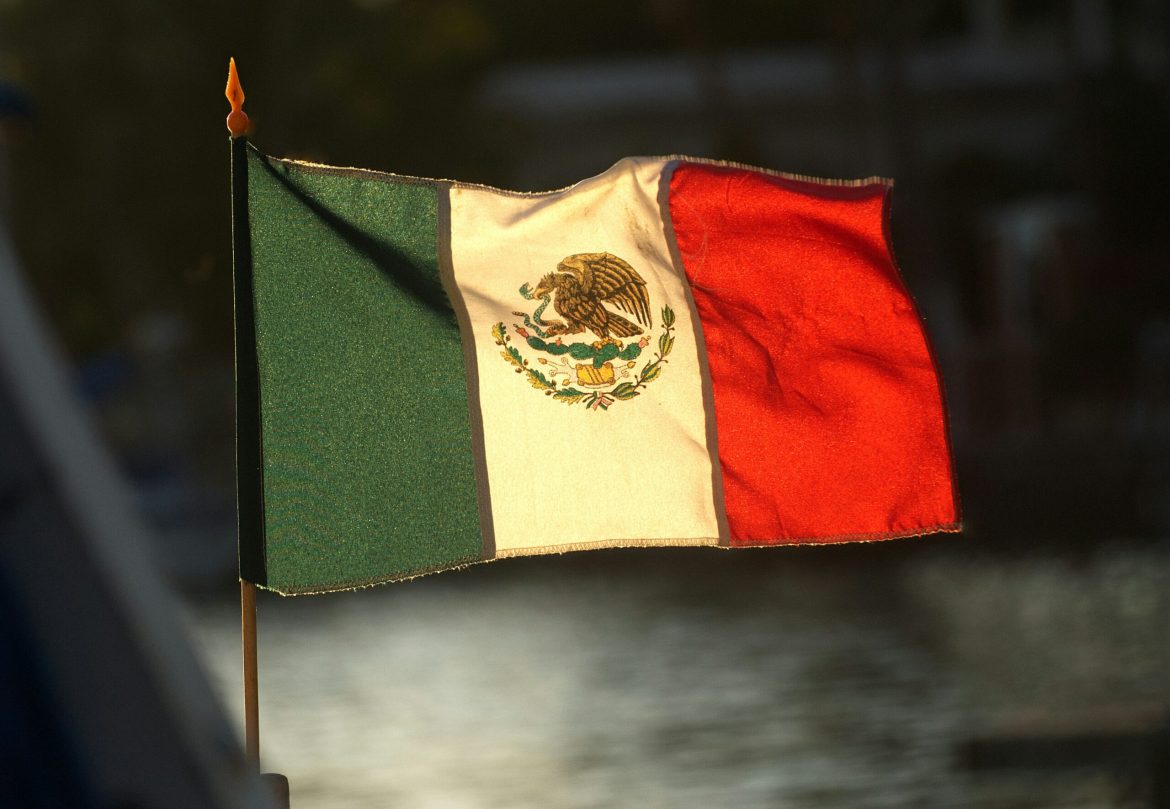As former President Donald Trump unleashes a sweeping new round of tariffs on major manufacturing rivals, Mexico is finding itself in a favourable position.
While China and Vietnam face punishing levies, Mexico, largely spared from the harshest measures, is poised to strengthen its standing as a key supplier to the United States.
Trump’s latest tariff regime, which slaps a 34% duty on Chinese goods and a 46% levy on Vietnamese imports, has left Mexico mostly unscathed.
While Mexico faces some tariffs, including the 25% global tariff on steel and aluminium and the 25% levy on non-US content in cars, most of its trade with America remains tariff-free under the US-Mexico-Canada Agreement.
“The new tariffs are poised to make Mexico more competitive,” said Jorge González Henrichsen, co-chief executive of the Nearshore Company, which operates more than a dozen plants along the US-Mexico border, in a Wall Street Journal report.
Nearshoring trend picks up momentum
The development could further accelerate the trend of nearshoring — the strategic shift of relocating manufacturing closer to the US to mitigate supply chain risks.
Greg Husisian, a partner at law firm Foley & Lardner, noted in the report that a broader application of tariffs may push even more companies to shift operations to Mexico, exceeding the modest relocations seen during Trump’s first term.
Mexico’s proximity, relatively low labour costs, and cultural affinity with the US have long made it an attractive destination for manufacturers.
Now, Trump’s tariff salvo is giving it a renewed edge over Asian competitors, who are also grappling with higher US trade barriers.
Goldman Sachs economist Alberto Ramos estimated that Mexico’s average tariff rate under the new regime would hover around 8%.
“Is it good? No. It’s bad. Is it the end of the world for Mexico? Certainly not,” Ramos remarked, underlining the resilience of Mexico’s trade position.
Mexican auto sector remains a critical pressure point
Mexico’s rising prominence is evident in trade data.
In 2024, Mexico accounted for 15.5% of total US goods imports, up from 13.6% in 2018.
In contrast, China’s share plunged to 13.4% from 21.2%, while Vietnam’s presence in the US market more than doubled to 4.2%.
Economists believe Mexican exporters are well-positioned to adapt to evolving requirements under USMCA, helping sustain the country’s manufacturing momentum.
Alberto Villarreal, managing director of consultancy Nepanoa, said businesses are proactively reviewing supply chains to ensure compliance.
“We’re simply doing more of what we already did,” Villarreal said, describing the intensified focus on meeting USMCA standards.
However, the picture is not without challenges.
The auto sector, which accounts for a third of Mexico’s manufactured exports, remains a critical pressure point.
Mexico is the world’s fifth-largest automaker and sixth-largest vehicle exporter, with nearly three million vehicles shipped to the US annually.
Companies are already adjusting. Stellantis has paused production at several plants, including in Mexico, while battery maker EnerSys announced plans to relocate production from Monterrey to Kentucky.
Sheinbaum’s diplomatic pragmatism pays off
Mexico’s relatively favourable position is also credited to President Claudia Sheinbaum’s cautious approach.
Since Trump’s tariffs on Mexico were first floated and subsequently delayed, Sheinbaum has refrained from outlining aggressive retaliatory measures, choosing instead to keep dialogue open.
“This has to do with the good relationship we have built between the Mexican and US government, which is based on respect,” Sheinbaum said last week.
She emphasised that Mexico’s priorities include reducing tariffs on autos, steel, and aluminium while also reviewing levies on Chinese imports.
Trade experts suggest Mexico and Canada could work more closely with the US to screen Chinese investments and align on tariff strategies.
Whether this favourable position will reignite stalled investments amid Mexico’s economic slowdown remains to be seen.
Still, for now, Mexico appears set to capitalise on shifting trade dynamics as businesses rethink global supply chains under Trump’s latest tariff push.
The post How Mexico is finding a silver lining in US tariff blitz, gaining ground over China and Vietnam appeared first on Invezz

